Regional Holcim Awards 2011 for Europe
By Bustler Editors|
Monday, Oct 10, 2011

Related
Just last week, we published the winning projects of the Holcim Awards 2011 for Latin America. Here are now also the winners of the 3rd International Regional Holcim Awards for sustainable construction projects and visions from across Europe that were recently presented at a ceremony in Milan. A total of USD 300,000 was presented to ten projects submitted by architects, planners, engineers and project owners. The winning projects show the wide range of approaches in the region to sustainable construction that respond both to intensified urbanization and innovation in building materials and construction techniques.
An urban plan which transforms an under-utilized arm of the River Spree in Berlin into a natural 745m-long “swimming pool” won the top prize of USD 100,000. The Flussbad project in the heart of the historic city creates a swimming zone equivalent to 17 Olympic-sized pools, and provides a public urban recreation space for both residents and tourists adjacent to the Museuminsel, a UNESCO World Heritage site. Since the fall of the Berlin Wall in 1989, the precinct has experienced a 75% increase in resident population and parallel loss of vacant space. The urban plan which includes a 1.8ha reed bed natural reserve with sub-surface sand bed filters to purify the water was created by a team led by architect Tim Edler of realities united, Germany.
Member of the jury and Co-director of London-based public planning agency, Publica, Lucy Musgrave, congratulated the project for creating a direct and strong impact on the quality of urban life and positive ecological contribution through remediation of the city’s waterways. “It is an excellent example of what could be achieved within challenging inner city areas that possess a rich tradition and cultural heritage where the local public has been overlooked,” she said.


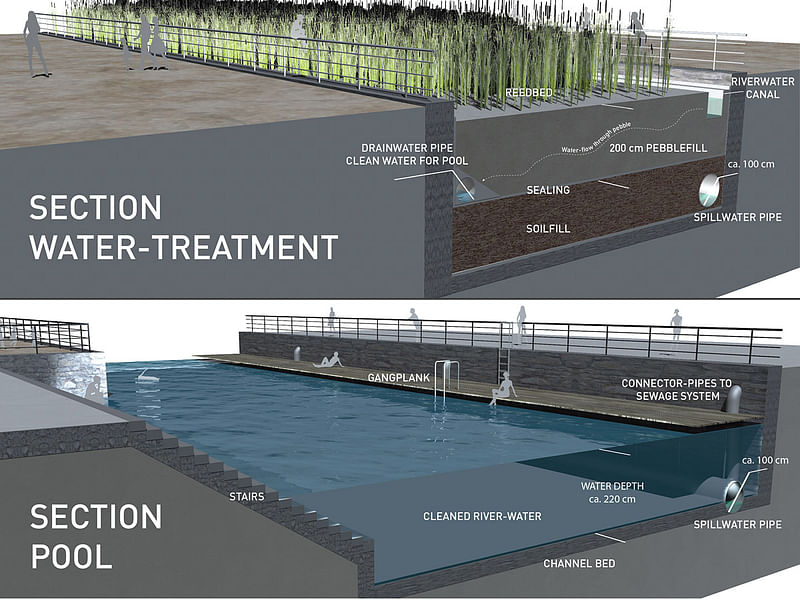

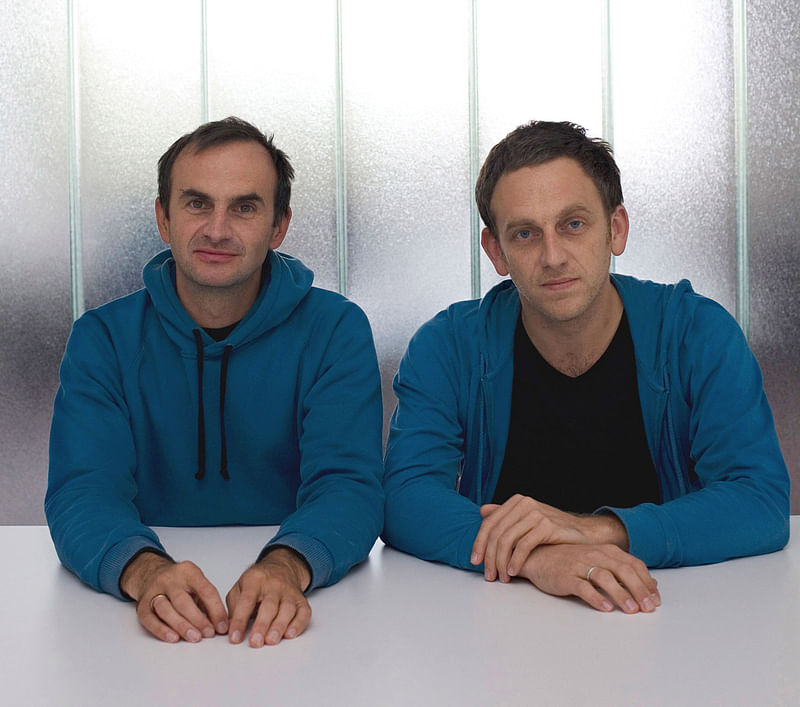
The Holcim Awards Silver was presented to a project that converts a former factory into a new City Hall and Civic Center for the city of Oostkamp in Belgium. The key idea of Spanish Carlos Arroyo Arquitectos is not only to recycle the main structure and materials but also to re-use the space itself and its technical infrastructure. Distinctive interiors made of glass-reinforced gypsum and recycled paper complement the layout of modular clusters which are arranged according to thermal zones: the “thermal onion” design reduces energy consumption significantly. The project delivers maximum effect through the least possible degree of technical intervention and minimal financial investment. The open main hall is an outstanding example for transparency in governmental architecture.

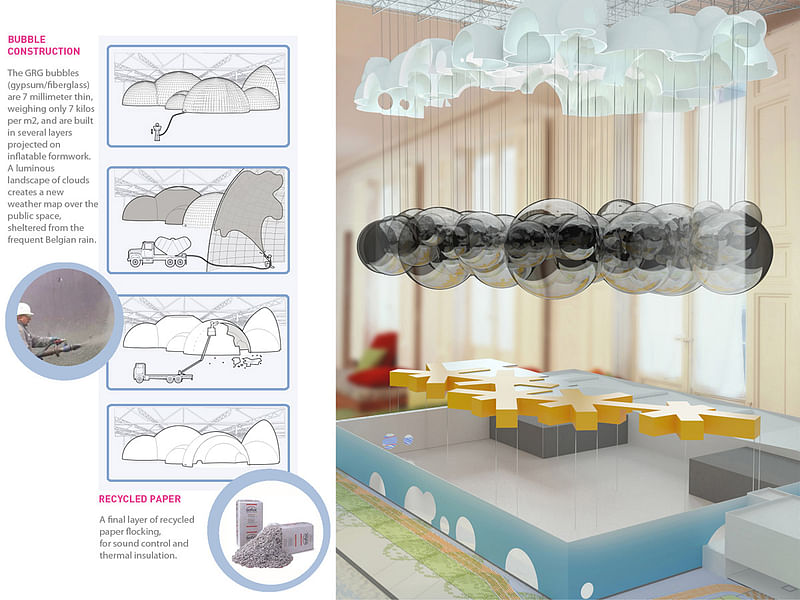


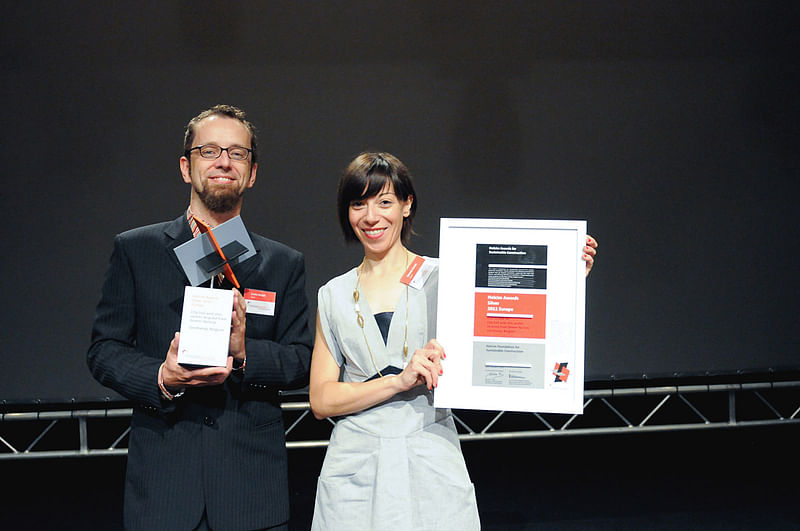
The Holcim Awards Bronze was awarded to a collaborative project by Philippe Rizzotti Architects, Samuel Nageotte Architecture and Off Architecture, all based in France, which plans the conversion of one of the viaducts on a recently bypassed section of an expressway into vertical homes. The housing units near Scilla in Southern Italy are intended for European retirees attracted to the region by advantageous climatic and lifestyle factors. The vertical piles of the bridge are reinforced to improve structural capacity and horizontal platforms are added to accommodate living units, medical services, recreation and shops. The project was recognized for its smart transformation of an existing structure into a completely different use, and for offering new economic potency within the region.





Acknowledgement prizes were allocated to a multi-national team of Sauerbruch Hutton, Germany Arup, UK and Experentia, Italy for a medium-rise timber office building in a low-to-no carbon emissions district in Helsinki – and also to German firms Barkow Leibinger Architects, Schlaich Bergermann und Partner, and TRANSSOLAR Energietechnik for their collaboration on low-cost apartments in Hamburg that use innovative techniques and materials including pre-fabricated lightweight-concrete elements with recycled foamed glass as an internal aggregate. Acknowledgement prizes also went to Dutch architectural offices De Stuurlui Stedenbouw, and Atelier Gras for their cottage garden structure that creates green recreation spaces in dense urban areas, and to a production technology project for fabricating non-repetitive free-form cast-on-site concrete structures using re-usable and digitally-produced wax formwork by Gramazio & Kohler, Architecktur und Digitale Fabrikation – ETH Zurich in Switzerland.
The Holcim Awards competition recognizes the importance of engaging tomorrow’s professionals on the theme of sustainable construction, and sharing their visions and ideas at a conceptual level. The “Next Generation” category was open to student projects. The first prize was awarded to a team of four students from the AA School of Architecture, UK, for their research project on an efficient cast concrete fabrication system for geometrically complex building elements. A proposal for materials reuse and regional transformation in the Spanish city of Gijón/Xixón, by Elisa de los Reyes Garcia of the Universidad Politécnica de Madrid, Spain, received the second prize. Eduardo Mayoral of the Universidad de Sevilla, Spain was awarded the third prize for an ambitious design and fabrication concept for bioluminescent devices for zero-electricity lighting.
Holcim Awards submissions for projects in Europe were evaluated by an independent jury hosted by the Swiss Federal Institute of Technology (ETH Zurich): Jürgen Mayer H. (Head of jury, Germany), Kai-Uwe Bergmann (Denmark), Hansjürg Leibundgut (Switzerland), Winy Maas (Netherlands), Marta Malé-Alemany (Spain/UK), Leo Mittelholzer (Germany), Lucy Musgrave (UK), Hans-Rudolf Schalcher (Switzerland), and Jean-Philippe Vassal (France) used the five “target issues” for sustainable construction developed by the Holcim Foundation to evaluate submissions. The “target issues” address the triple bottom line of economic, environmental, and social factors together with architectural quality and the potential to apply the innovation in other locations.
The Swiss-based Holcim Foundation for Sustainable Construction conducts the competition in five regions in parallel across the world. More than 6,000 submissions for projects located in 146 countries entered the Holcim Awards which aims to promote sustainable responses from the building and construction industry to technological, environmental, socioeconomic and cultural issues.
Check out images of the four Acknowledgement Prizes and three "Next Generation" Prizes in the image gallery below. All images courtesy of the Holcim Foundation.
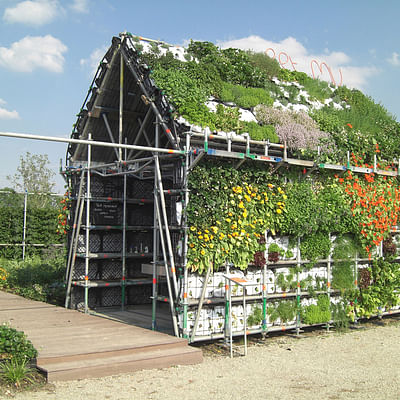

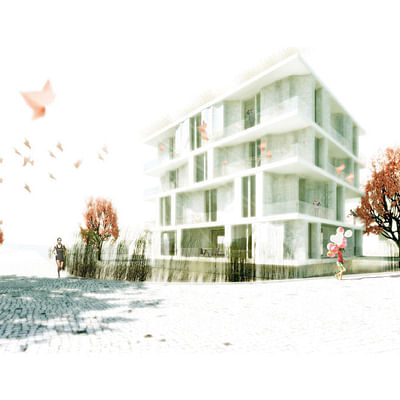
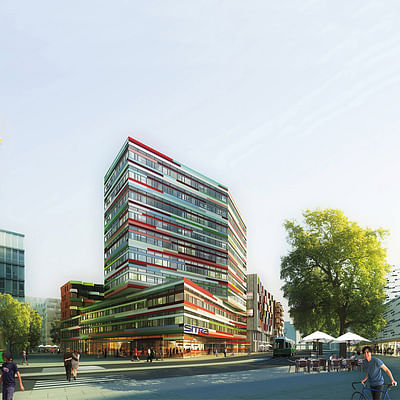
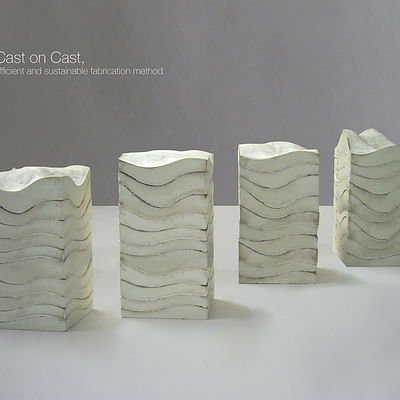

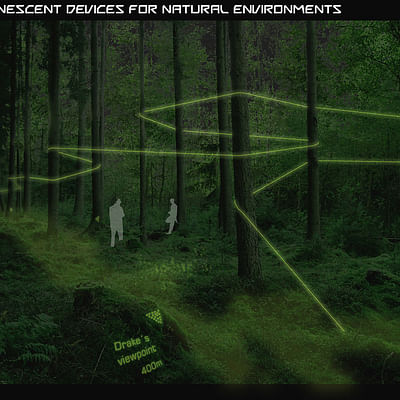

Share
0 Comments
Comment as :